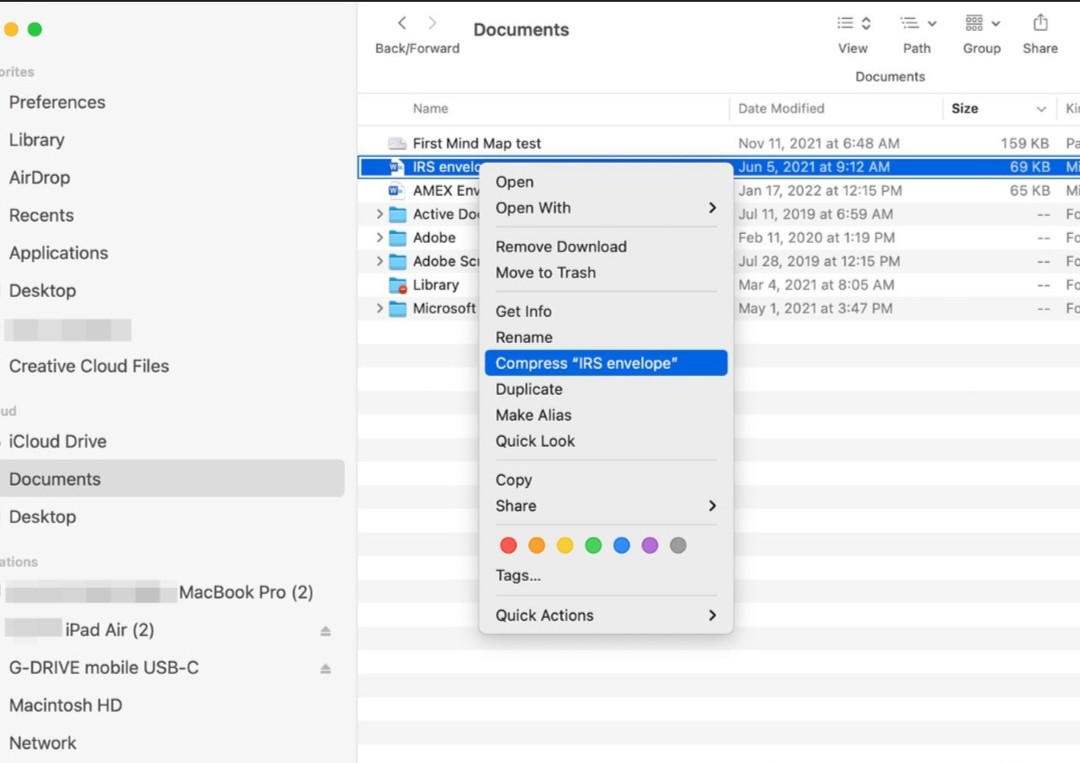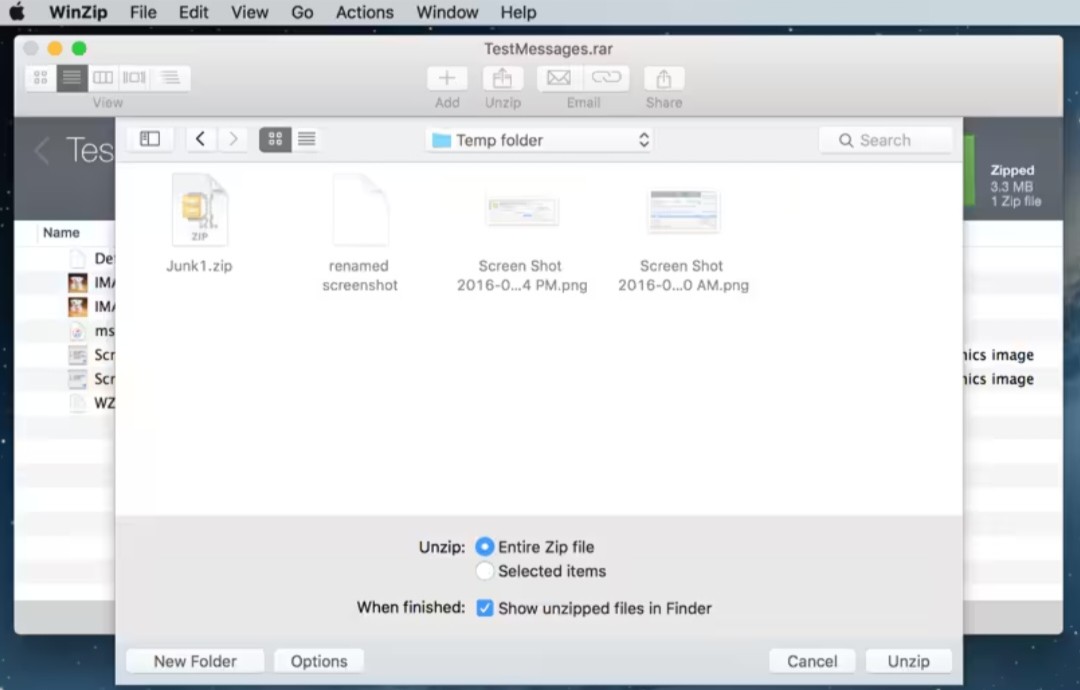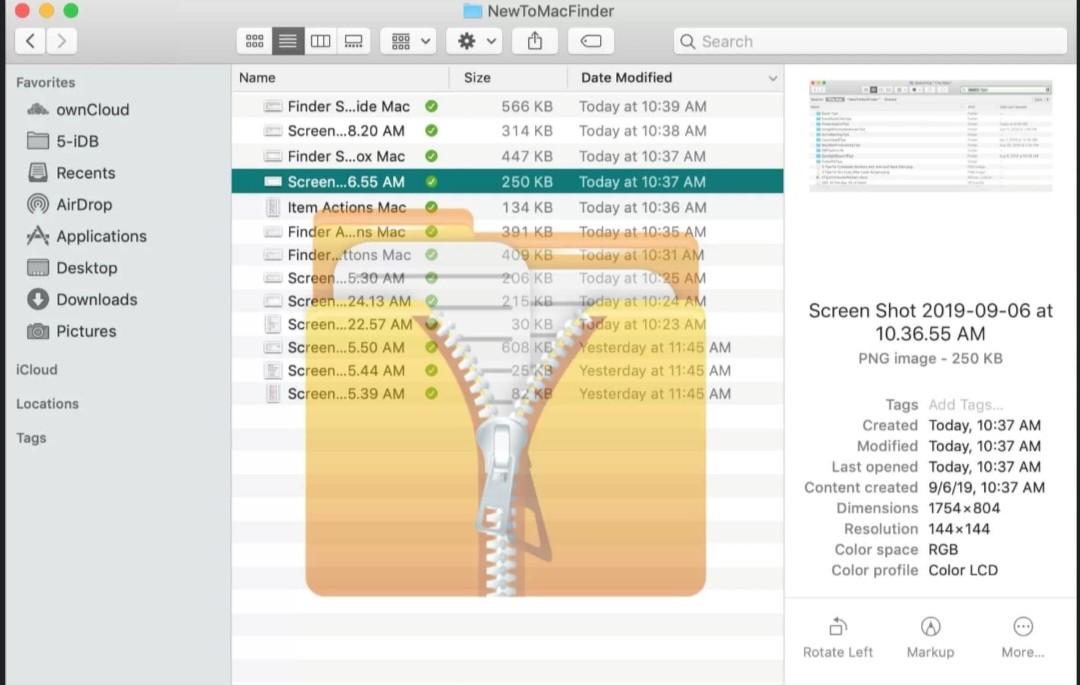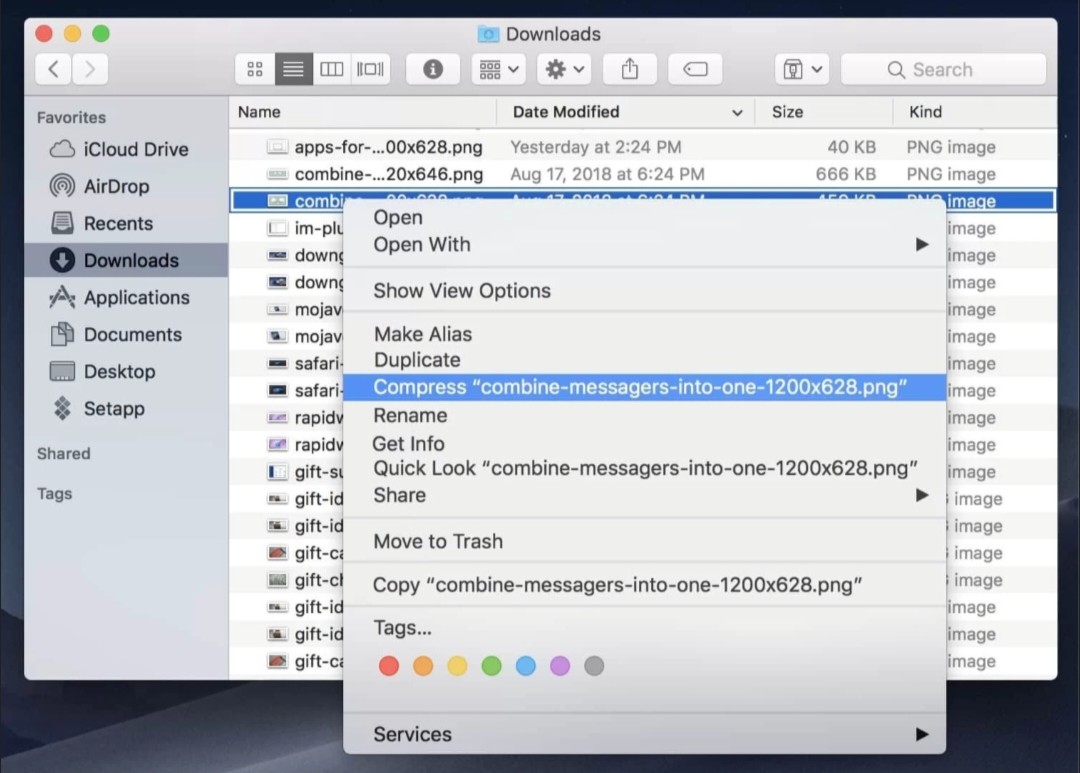Unzipping files on a Mac is a common practice for many users who need to access compressed files. This process involves extracting the contents of a compressed file, often in a .zip format, in order to view or use the files within. There are several ways to unzip files on a Mac, including using the built-in Archive Utility program or third-party software such as WinZip or StuffIt Expander.
By unzipping files, users can easily access and organize the contents of compressed files, making it easier to work with multiple files at once. This process can be particularly helpful when downloading files from the internet or receiving attachments via email, as it allows users to quickly and easily access the files they need. Overall, unzipping files on a Mac is a simple and practical way to manage and access compressed files.

Understanding ZIP Files
ZIP files are a common method of compressing and packaging files for easy storage and transmission. Understanding ZIP files is essential for anyone who regularly works with digital files, as they can help save space and make it easier to share multiple files at once. When a file is zipped, it is compressed to a smaller size, making it quicker to transfer over the internet or save to a storage device.
ZIP files can also be password protected, adding an extra layer of security for sensitive documents. In addition to compressing files, ZIP files can also store multiple files in a single archive, making it easier to organize and share related files. To open a ZIP file, a special software program is needed, such as WinZip or 7-Zip, which can extract the files and folders contained within the archive.
Understanding how to create, extract, and manage ZIP files can help streamline workflow and improve productivity for anyone who deals with digital files on a regular basis. ZIP files are a versatile tool that can be used in a variety of situations, from sharing photos with friends to backing up important documents. By mastering the basics of ZIP files, individuals can make their digital lives more efficient and organized.
Risks of ZIP Files
ZIP files are a common way to compress and package multiple files into a single archive for easy sharing and storage. However, there are inherent risks associated with using ZIP files that users should be aware of. One of the main risks is the potential for malware to be hidden within a ZIP file. Malicious actors can easily disguise harmful files within a ZIP archive, making it difficult for users to detect them before they are opened.
Once the malware is executed, it can wreak havoc on a user’s computer system, stealing personal information, corrupting files, or even taking control of the device. Another risk of ZIP files is the possibility of data corruption during the compression or extraction process. If a ZIP file is not created or extracted correctly, files within the archive can become corrupted, leading to loss of important data.
Additionally, ZIP files can also be used to distribute illegal content, such as pirated software or copyrighted material. This can expose users to legal consequences if they are found in possession of such content. Overall, while ZIP files can be a convenient way to organize and share files, users should exercise caution when downloading or opening them to avoid potential risks.

Unzipping on Mac
Unzipping files on a Mac computer is a common and necessary task for many users. It allows individuals to access compressed files and folders quickly and easily. There are several methods to unzip files on a Mac, including using built-in software like Archive Utility or third-party applications such as The Unarchiver. These tools make it simple to extract files from zip archives without the need for additional software or complicated processes.
Unzipping files on a Mac can help users save time and storage space by compressing large files into a more manageable size. It can also be a convenient way to share multiple files or folders with others by bundling them together into a single zip file. Overall, unzipping files on a Mac is a useful and practical function that can enhance the efficiency and productivity of users.
Double-clicking
Double-clicking is a common action that people perform when using a computer or other electronic devices. It involves quickly pressing a mouse button twice in order to activate a specific function or open a file or program. Double-clicking is a fundamental skill that most computer users learn early on in their experience with technology.
It is a convenient and efficient way to interact with digital devices and can save time when navigating through various applications and files. Double-clicking is often used to open files, launch programs, select items, and perform other actions within a computer’s operating system.
While some people may prefer using keyboard shortcuts or other methods to accomplish the same tasks, double-clicking remains a popular and widely accepted method of interacting with computers. Overall, double-clicking is a simple yet essential technique that plays a significant role in how people use and navigate technology in their daily lives.

Using Archive Utility
Archive Utility is a tool that is commonly used to compress and decompress files on a computer. It allows users to combine multiple files into a single compressed folder, making it easier to store and transfer large amounts of data. By compressing files, users can save disk space and reduce the time it takes to transfer files over the internet.
Additionally, Archive Utility supports a variety of file formats, including ZIP, TAR, and GZIP, making it a versatile tool for managing different types of files. In addition to compressing files, Archive Utility can also extract files from compressed folders, allowing users to access and use the original files without having to manually decompress them. Overall, Archive Utility is a useful tool for anyone who needs to manage and organize large amounts of data on their computer.
Third-party Tools
Third-party tools are software or applications developed by individuals or companies outside of the original manufacturer or developer of a product. These tools can provide additional functionality, customization options, or enhancements to existing software or devices. While some third-party tools may be created with the intention of improving user experience or adding features that are not available in the original product, others may be developed to exploit vulnerabilities or manipulate systems for malicious purposes.
Users should exercise caution when using third-party tools, as they may not always be reliable or safe. It is important to research and verify the legitimacy of a third-party tool before installing or using it to ensure that it will not compromise the security or performance of your device or software.
Additionally, some third-party tools may violate the terms of service or end-user license agreements of the original product, so users should be aware of any potential legal implications before using them. Overall, third-party tools can be a valuable resource for enhancing technology, but users should approach them with caution and make informed decisions to protect their devices and data.

File Extraction Explained
File extraction is a process that involves extracting files from a compressed folder or archive. This is commonly done in order to access the contents of the compressed file, which may contain multiple files or folders. There are various tools and software programs available that allow users to extract files easily and quickly.
One of the most popular file extraction tools is WinRAR, which supports a wide range of file formats and offers various options for extracting files. When extracting files, users have the ability to choose the destination folder where the extracted files will be saved, as well as the option to overwrite existing files or create new folders for the extracted files. File extraction is a useful tool for managing and organizing files, as well as for sharing files with others.
It allows users to easily access and work with files that are stored in a compressed format, without the need to manually extract each file individually. Overall, file extraction is a simple and efficient process that can help users save time and streamline their file management tasks.
Final Thoughts
As we reach the end of this discussion, it is important to reflect on the complexity of ethical decision-making. It is evident that there are various factors that come into play when determining what is considered acceptable behavior in society. While some actions may be deemed socially unacceptable, it is crucial to consider the underlying motivations and circumstances that may have influenced these decisions. It is also important to acknowledge that ethical dilemmas are not always black and white, and that there may be shades of gray that need to be examined.
Ultimately, it is up to each individual to critically evaluate their own values and beliefs in order to navigate the moral landscape. By engaging in thoughtful reflection and dialogue with others, we can strive to make more informed and conscientious choices that align with our personal principles.
In the end, it is vital to remember that ethical decision-making is a continual process of growth and learning, and that no one is immune to making mistakes. By approaching ethical dilemmas with humility and a willingness to learn from our experiences, we can work towards creating a more just and compassionate society for all.
